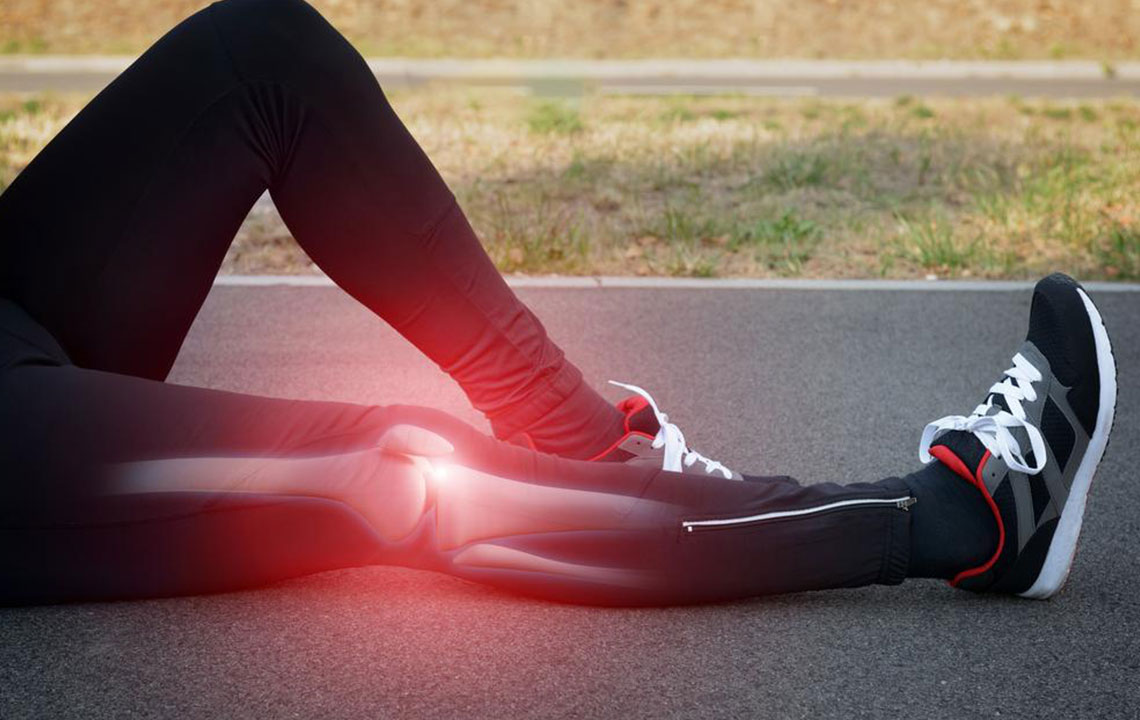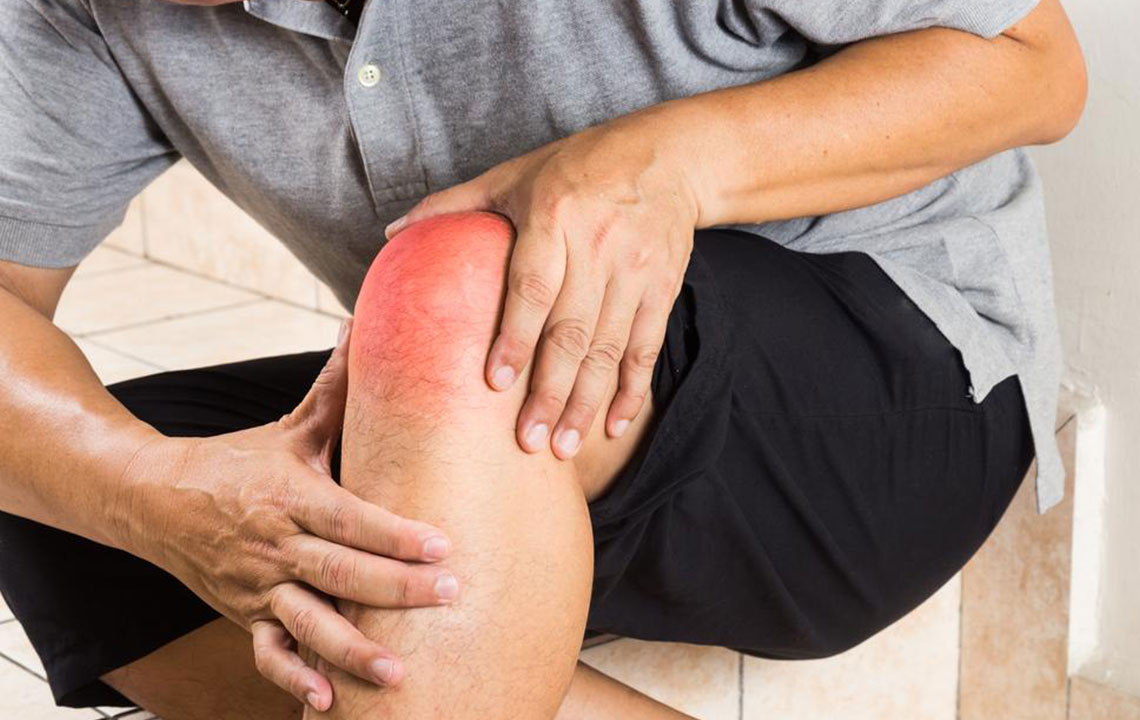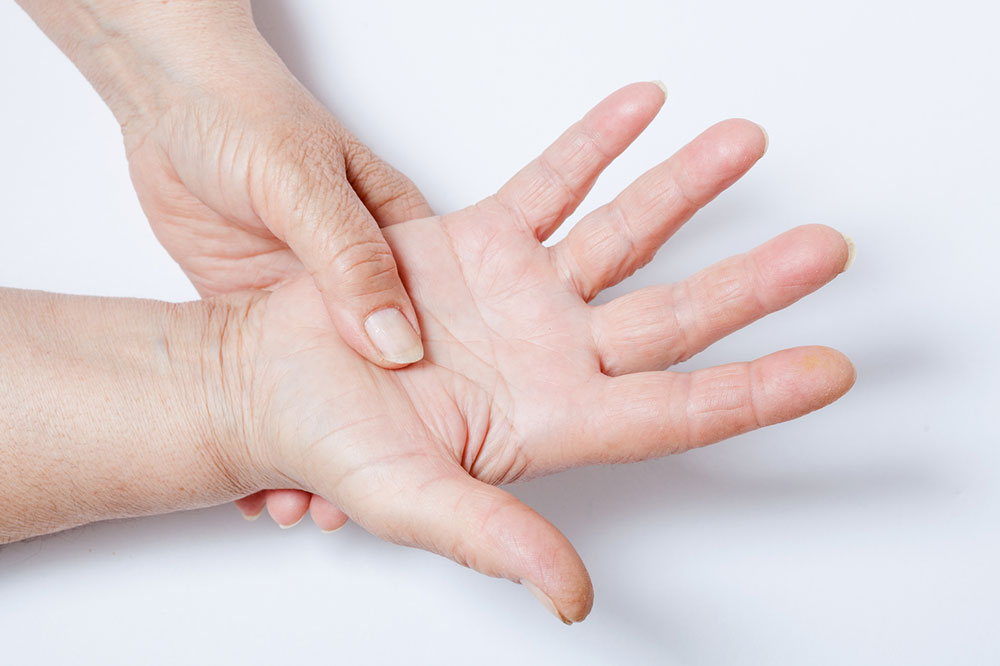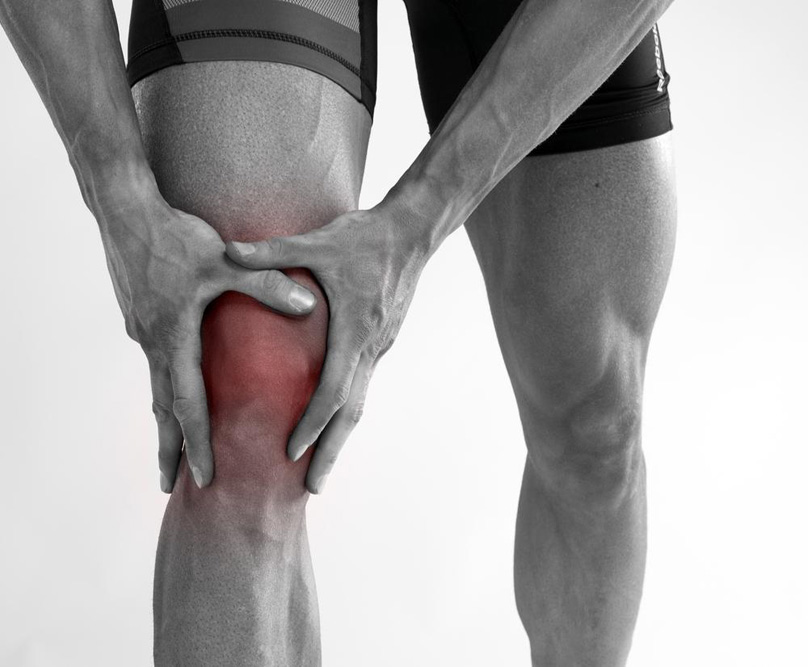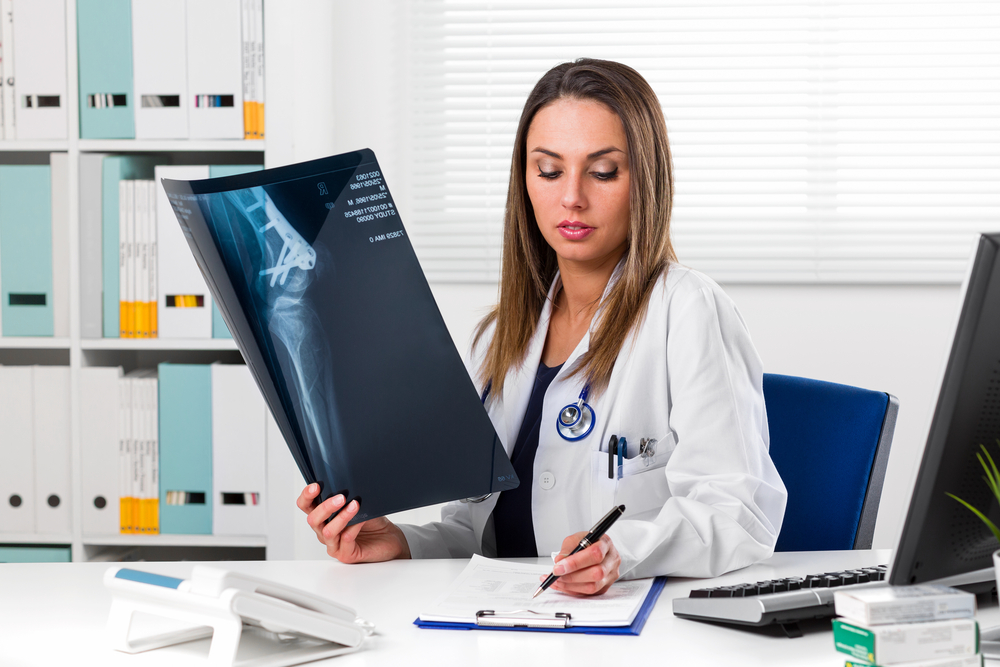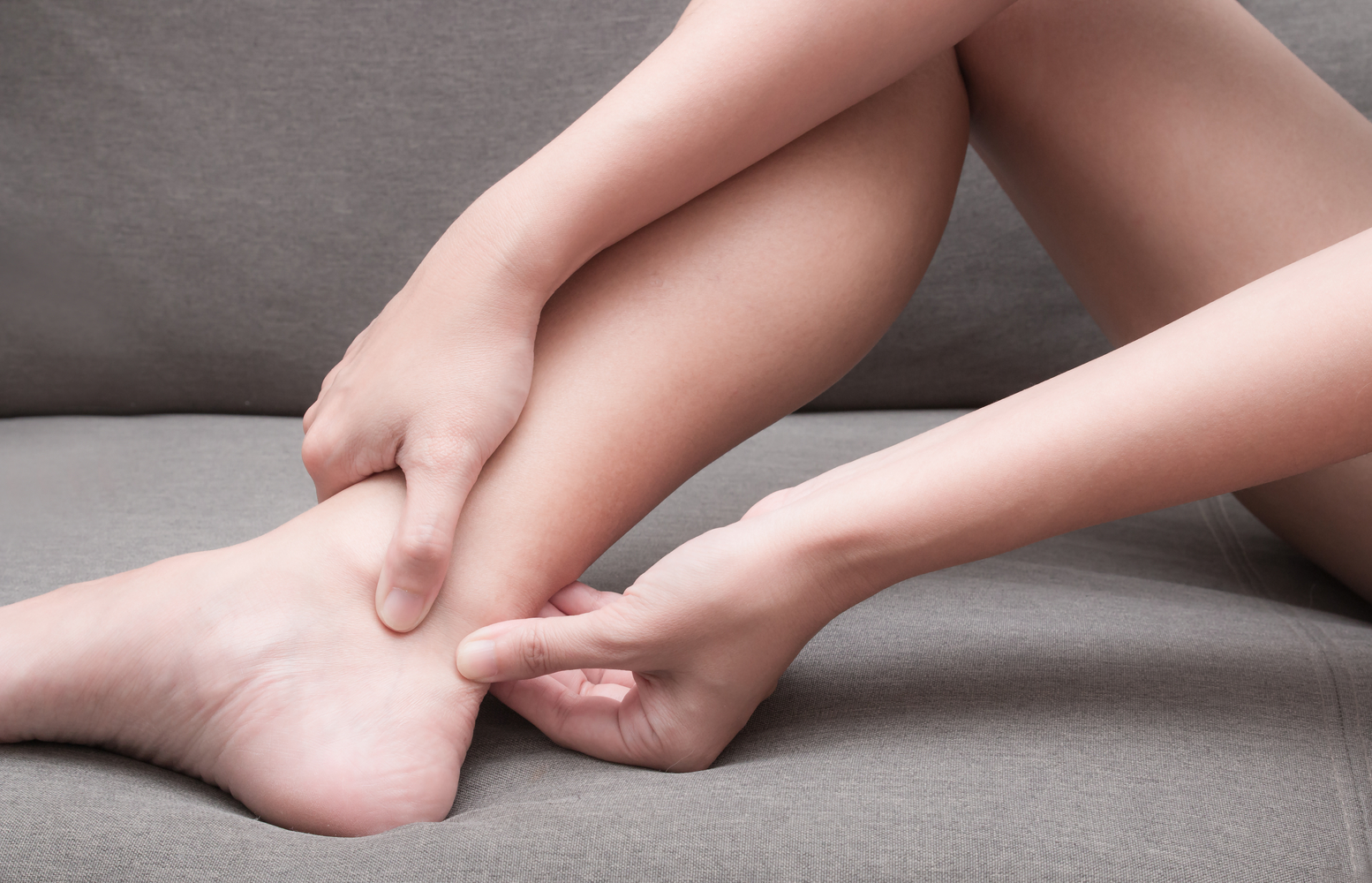Comprehensive Guide to Lateral Knee Pain: Causes, Symptoms, and Relief Methods
This comprehensive guide explores lateral knee pain, covering its causes, symptoms, diagnosis, and treatment options. It addresses common issues like osteoarthritis, meniscus tears, Iliotibial Band Syndrome, and ligament injuries, providing insights into conservative and surgical management. Suitable for those suffering from outer knee discomfort, it emphasizes the importance of proper diagnosis and professional advice for effective recovery and pain relief.
Sponsored

Knee discomfort is a widespread issue affecting a significant portion of adults, leading to physical limitations and emotional stress. It can manifest on the inner, outer, or lateral parts of the knee. This guide aims to shed light on the underlying causes, symptoms, diagnostic procedures, and treatment options for lateral knee pain.
Common Causes of Outer Knee Discomfort
The outer side of the knee is a complex structure involving bones, muscles, and ligaments. Various factors can trigger pain here.
A common source of pain is inflammation of the tissue band running down the thigh, attaching to the shin. Conditions like arthritis or injuries from running, twisting, or overexertion may also cause discomfort. Incorrect or excessive physical activities can further contribute to lateral knee soreness.
Signs and Symptoms of Outer Knee Pain
The symptoms vary depending on the underlying cause. Here are some typical conditions and their manifestations:
Osteoarthritis
This degenerative disease involves the gradual breakdown of cartilage, especially affecting the outer knee, known as lateral tibiofemoral osteoarthritis. Symptoms include morning stiffness, swelling, reduced range of motion, muscle weakness, and sometimes knee instability.
Lateral Meniscus Injury
The lateral meniscus is a cartilage segment essential for knee stabilization. Tears here can cause swelling, stiffness, and a sensation of locking or instability. Patients often struggle with bending or extending the knee, and may experience the knee giving way.
Iliotibial Band Syndrome
The iliotibial (IT) band is connective tissue from the hip to the shin. Overuse, common in athletes doing repetitive activities like cycling or jumping, can lead to ITBS. It causes inflammation, pain higher in the thigh, and tightness of nearby muscles.
LCL Sprain
The lateral collateral ligament stabilizes the outer knee. Injury here results in a sudden snap, swelling, pain, and instability. Since the peroneal nerve runs close, nerve-related symptoms like numbness or tingling can also occur.
Diagnosing Outer Knee Discomfort
Doctors will inquire about the pain's location, type (sharp, throbbing, shooting), and associated symptoms. Physical examination and imaging tests such as X-rays, MRI, or CT scans help confirm the diagnosis, along with injury history.
Approaches to Treatment
Managing outer knee pain depends on intensity, symptoms, and cause. Often, conservative methods and rest are effective, with surgery rarely needed.
At-Home Remedies
For injuries like ligament sprains or cartilage tears, applying ice reduces swelling and pain. Elevating the leg and using compression sleeves can aid recovery. However, consulting a healthcare professional before self-treatment is crucial. Rest and avoiding aggravating activities are also important.
Physical Therapy
Most cases benefit from supervised physical therapy focused on strengthening muscles, improving flexibility, and reducing joint stress. Tailored exercises expand mobility and decrease recurrence risk.
Surgical Options
Severe cases may require surgical intervention. Osteoarthritis patients might undergo partial or total knee replacement. Meniscus tear repairs involve arthroscopic surgery to remove damaged cartilage. LCL injuries may also need surgical repair if pain persists.

